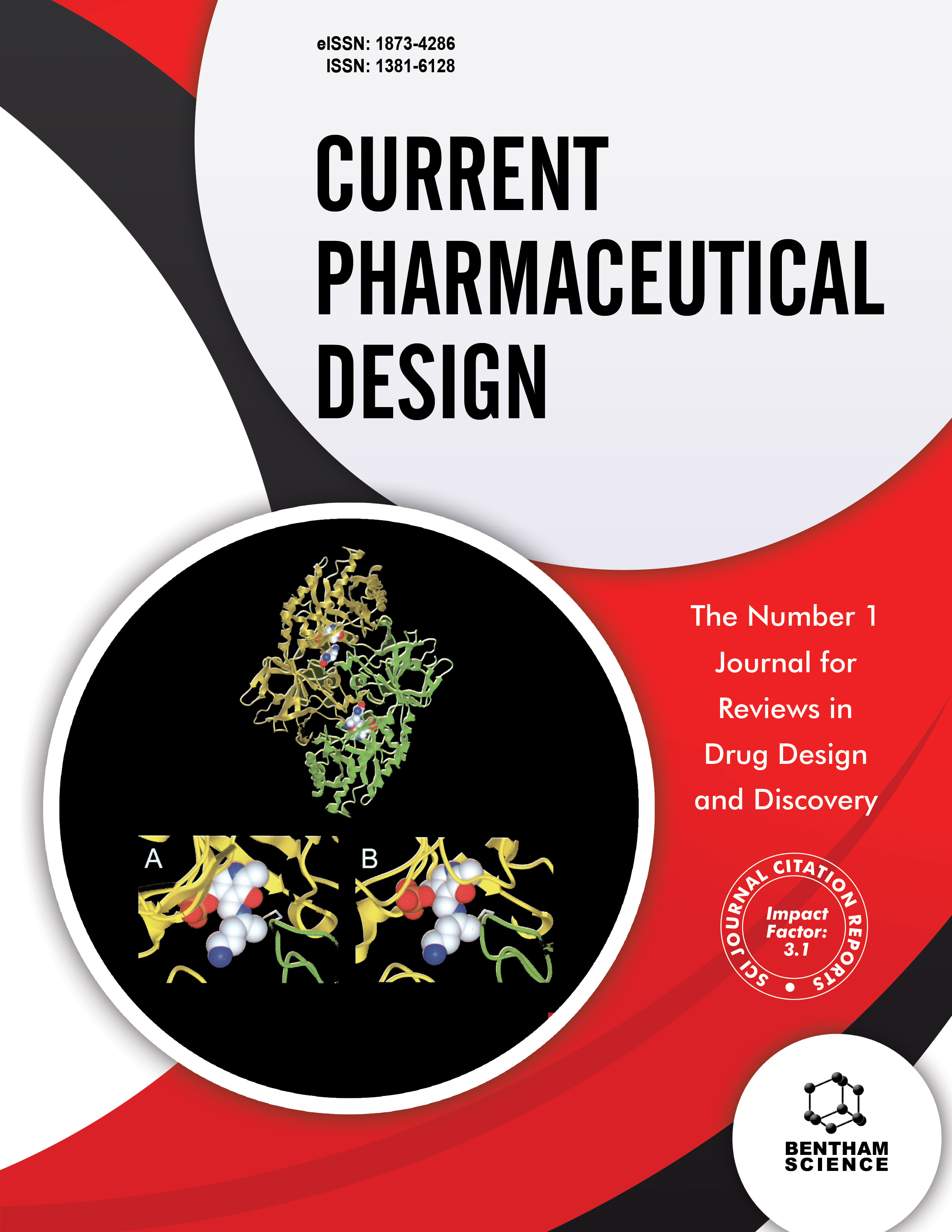-
s Radiotheragnostics Paradigm for Radioactive Iodine (Iodide) Management of Differentiated Thyroid Cancer
- Source: Current Pharmaceutical Design, Volume 26, Issue 31, Sep 2020, p. 3812 - 3827
-
- 01 Sep 2020
Abstract
This review of radioactive iodide treatment (RAIT) extends from historical origins to its modern utilization in differentiated thyroid cancer (DTC). The principles embedded in the radiotheragnostics (RTGs) paradigm are detailed. The diverse approaches in current practice are addressed, and this broad variability represents a major weakness that erodes our specialty’s trust-based relationship with patients and referring physicians. The currently developing inter-specialty collaboration should be hailed as a positive change. It promises to clarify the target-based terminology for RAIT. It defines RAIT of post total thyroidectomy (PTT), presumably benign thyroid as ‘remnant ablation’ (RA). ‘Adjuvant treatment’ (AT) referrers to RAIT of suspected microscopic DTC that is inherently occult on diagnostic imaging. RAIT directed at DTC lesion(s) overtly seen on diagnostic imaging is termed ‘treatment of known disease’ (TKD). It was recently recognized that a ‘recurrent’ DTC is actually occult residual DTC in the majority of cases. Thyroglobulin with remnant uptake concord (TRUC) method (aka Tulchinsky method) was developed to validate that a benign remnant in the post-thyroidectomy neck bed, as quantified by the RAI uptake, is concordant with a measured thyroglobulin (Tg) level at the time of the initial post-thyroidectomy evaluation. It allows recognition of occult residual DTC contribution to post-thyroidectomy Tg. Case examples demonstrate the application of the TRUC method for a logical selection of a specific RAIT category, using imaging-guided identification and management of RAI-avid versus RAI-nonavid residual DTC, i.e. the radiotheragnostics paradigm.


